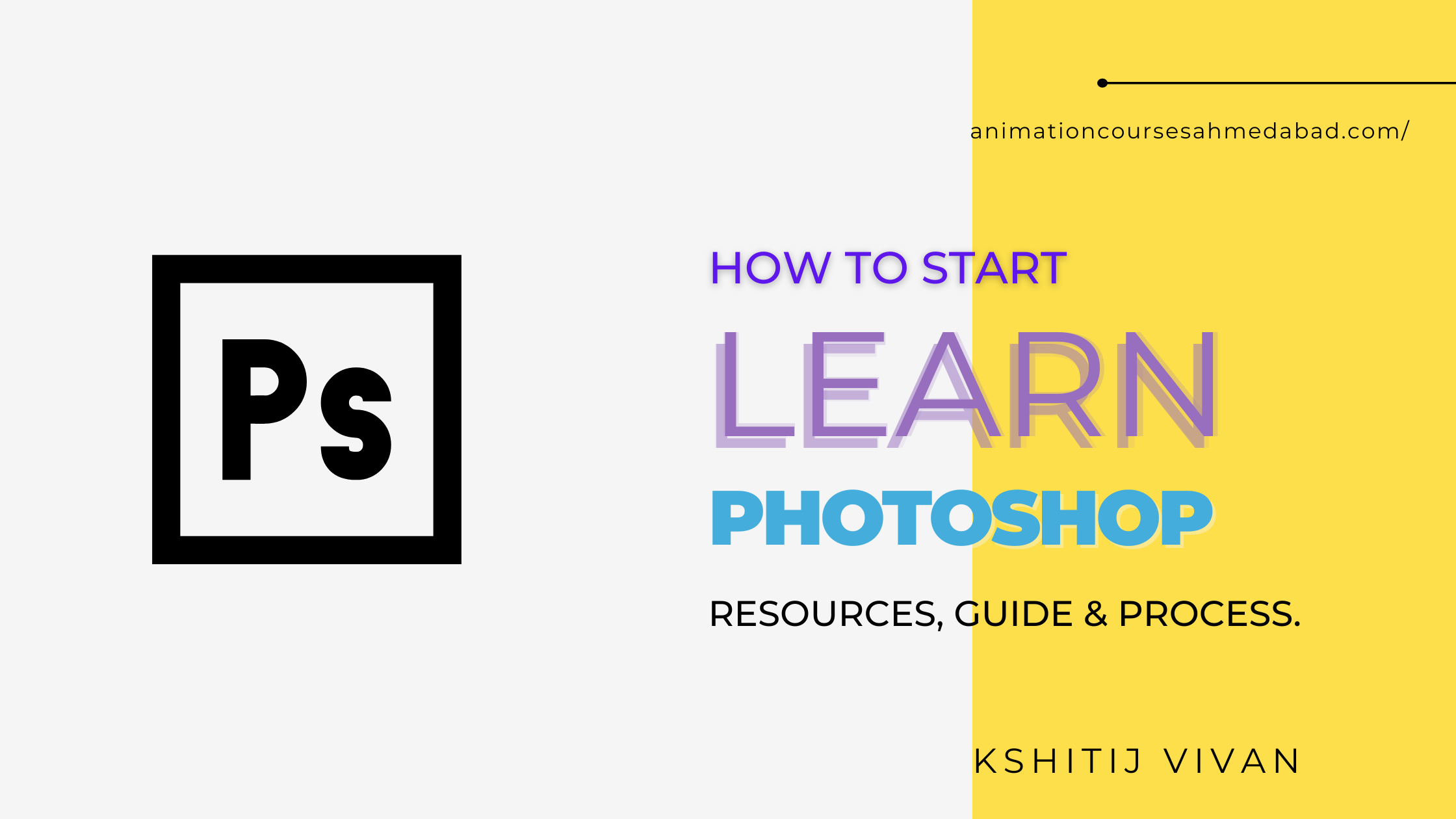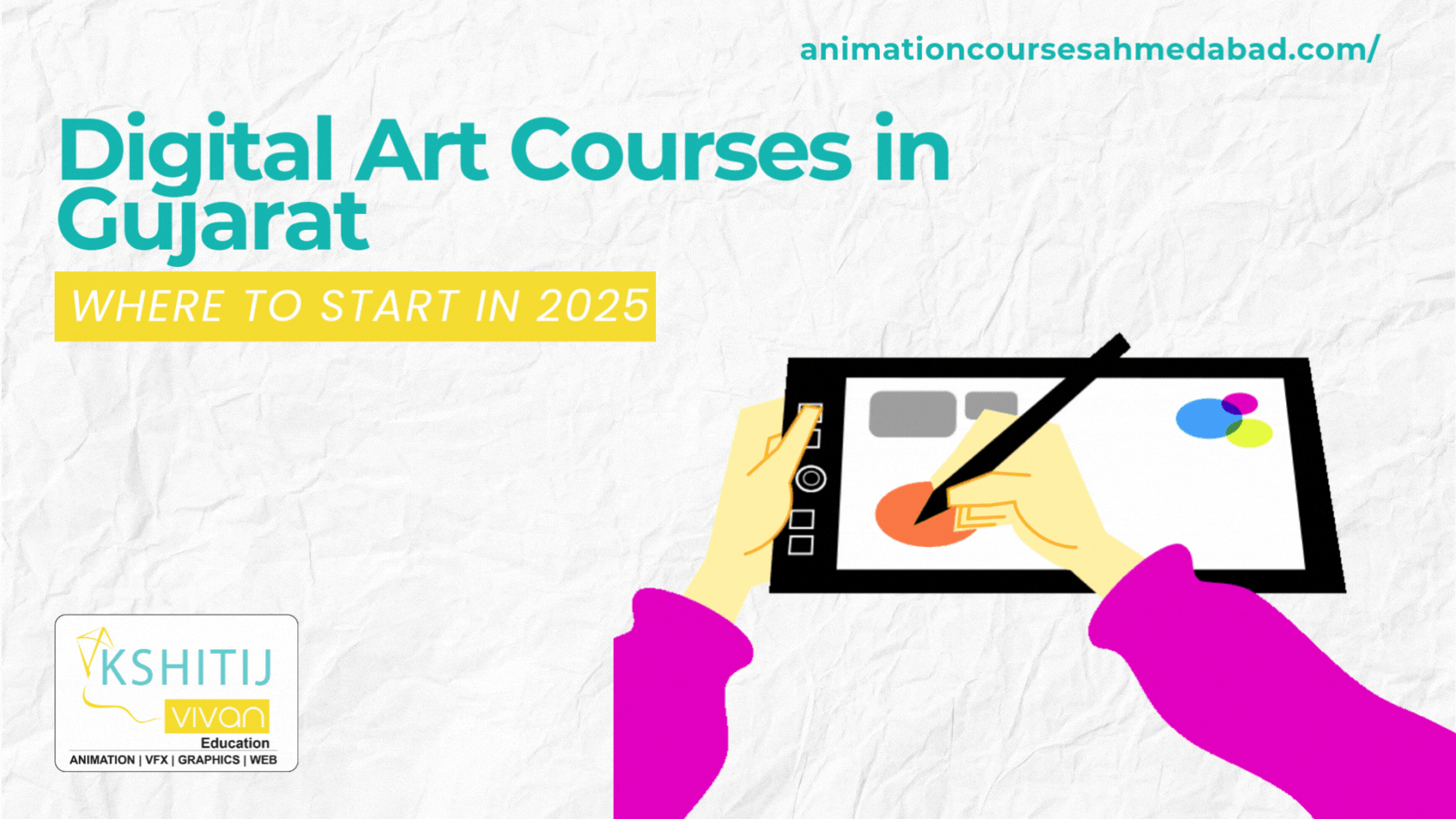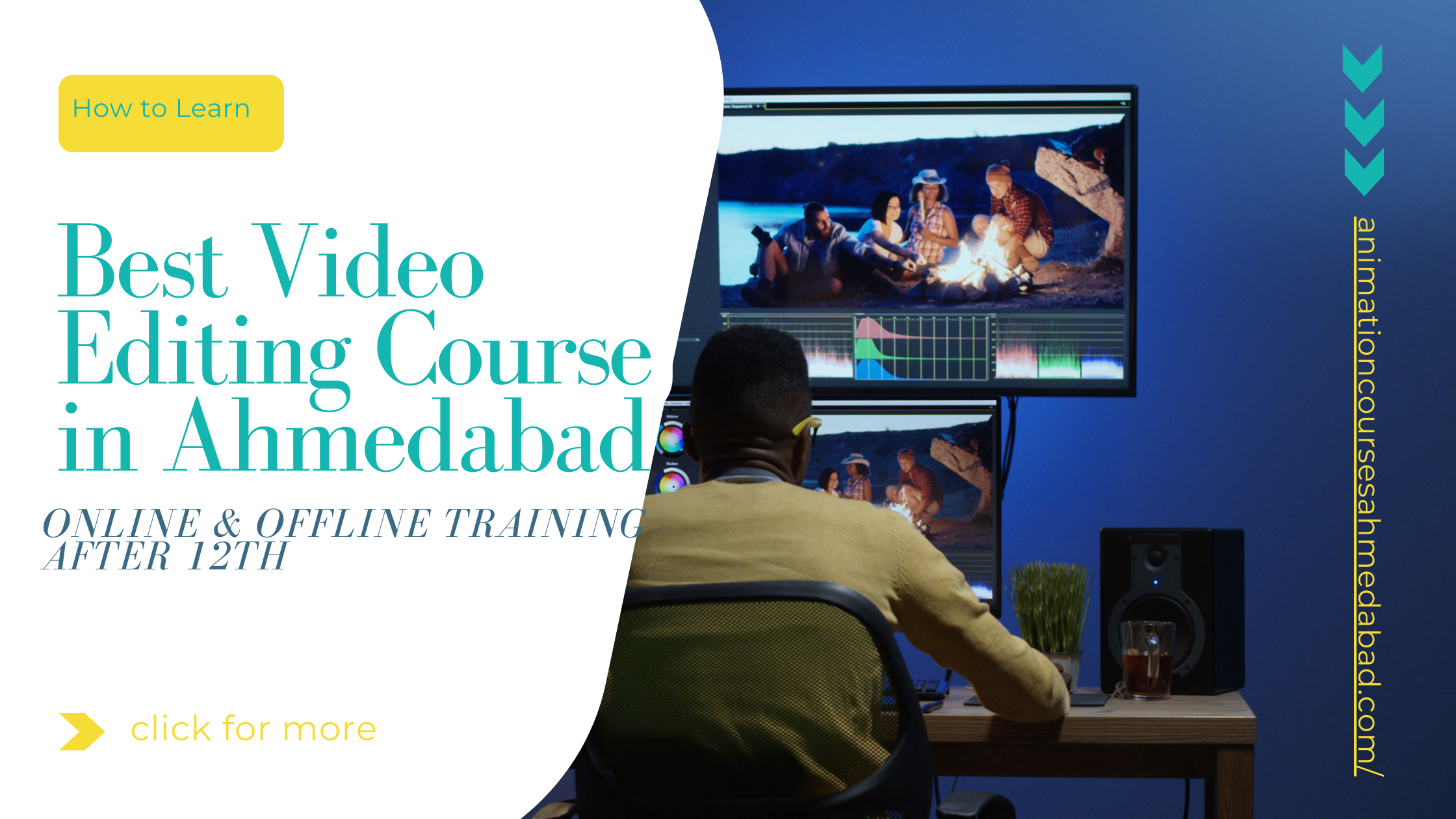
How to start learning photoshop
Learning Photoshop is a huge undertaking.
It can seem overwhelming at first but with the right approach,
you'll be able to master this powerful image-editing tool in no time.
In this article,
we'll break down exactly how to learn Photoshop from scratch
and teach you the tricks of the trade
that will make your images look like they were professionally edited.
Start with the design basics.
The first step is to understand what the basics of design are and how they differ from art.
A lot of people think that they're the same, but there are some key differences.
Design is a process, whereas art is an outcome.
If you want to create a good design, you need to understand it first.
Explaining why this matters can be difficult because it's hard to explain something
without making it sound like an ad for a car or computer software (which often does happen).
There are two basic principles behind all types of great visual communication
and these principles apply whether your goal is improving the quality of your website design
or making better paintings for display at home or in gallery shows (if anyone does those anymore).
Basic principles of designs
Balance is when opposition in weight, direction, or size produces a sense of harmony.
Scale refers to the size and shape of objects used together.
Contrast is when opposite elements are placed together.
The pattern has to do with repetition and rhythm.
Movement and rhythm are about how things move and how things play together -- for example, in dance or music.
Emphasis refers to giving one thing more weight or importance than other things
Learn the tools.
There are a lot of tools in Photoshop, but you don't need to know them all. You can get by with just the basics.
But if you're looking to take your skills to the next level, there's no better time than now
with our free online course: 2 Days Graphic Design Course(Link is below)
When it comes down to it, good users of any tool are those who use them efficiently and quickly.
The only way to do that is through practice.
So before we talk about how to start learning photoshop, graphic skills that matter),
I want you to understand what exactly makes someone an expert at using this software program so well:
- A deep understanding of the basic tools and their capabilities (and limitations).
- How those same tools work together in complex ways that allow for great results when used correctly (and terrible ones if not).
Learn more advanced tricks and techniques.
Now that you’re comfortable with the basics, it's time to take your Photoshop skills to the next level.
Keep in mind that this isn't necessary for everyone
if you're happy with what you know and don't see yourself using the program much further,
then there's no need to learn all these advanced tricks.
But if you're eager to increase your Adobe experience beyond just basic image manipulation,
here are some resources to get started:
- Learn how layer masks work within Photoshop (and why they're so important).
- Learn how filters can be used as an easy way of adding effects.
- Make use of adjustment layers to change colors/brightness/etc. without affecting other parts of your image as well (i.e., layer masks).
- Practice using the pen tool so that eventually applying effects will be easier!
Learn how to use layers and layer masks.
A layer is a piece of transparent glass that can be placed on top of other layers.
Layers allow you to create separate parts of your image,
with each part having its color and transparency settings.
This allows you to keep some parts of an image transparent while others are opaque,
which allows for greater flexibility in editing images.
Layer masks let you control how much light passes through a particular area on a given layer by painting black
or white into them with a brush tool or an eraser tool.
They’re useful for creating special effects like blurs
and low-contrast grayscale images without losing detail in the rest of the photo
something that can't be done using filters alone!
Know the difference between a pixel-based image and a vector-based image.
Before you get started, it's important to understand some of the basic differences between pixel-based images
and vector-based images.
Pixel-based images are made up of pixels, or tiny squares that make up an image.
In Photoshop, these would be the kind of photos you open from your camera or photos app
they're where you have full control over every single pixel that makes up an image.
Vector-based images are created using shapes and lines that don't change size when zoomed in or out.
They also don't lose quality when printed or scaled down for web use. This means that for complex designs with lots of detail (like logos),
it's best to create them as vector graphics so they'll look perfect no matter how big or small they are!
Learn which tools to use for different situations.
Once you've learned the basics, it's time to start figuring out which tools you should use for different situations.
The best way to do this is by learning how each tool works and what it can do. You'll also learn how some tools can be used in multiple ways.
For example,
the Curves tool can be used to adjust brightness or contrast in an image
but it also has other uses that may not be immediately apparent at first glance.
As you get more familiar with Photoshop's tools and capabilities,
keep in mind that there are many ways of achieving similar results using different methods;
for example, using any one of several filters for contrast adjustments might achieve
the same effect as using Levels or Curves (more on those later). So don't worry too much about following directions exactly instead, try experimenting!
If something doesn't quite work out as expected the first time around
but still seems like an improvement over where we started before making that change then chances are good enough
Use layers wisely.
Layers are a way of organizing your work and keeping it as clean as possible.
They can be used for masking, color correction, and compositing images.
Layers are also a very useful tool when you want to make changes to an image without affecting the original image in any way.
Layers can be organized into stacks which allow you to group them together
so that they behave like one layer which is easier than having lots of different layers on their page.
Learn how to retouch a portrait or product accurately and quickly.
The first step is learning how to use the tools in Photoshop, like the brush and eraser. After that, you'll want to understand how layers work.
Once you wrap your head around those two concepts,
it's time to learn the difference between pixel-based images and vector-based images.
Finally, we'll cover retouching techniques for portraits or products accurately and quickly!
How do I learn photoshop?
Photoshop is a complex program, and it takes time to learn how to use it effectively.
There are several ways that you can learn Photoshop,
including taking classes in person or online,
using tutorials on the web and watching YouTube videos.
If you have the time and money available, taking classes at a local college or university could be an excellent way to start learning Photoshop.
You'll get personal guidance from an instructor who has been trained in Photoshop,
so he or she knows what questions to ask as well as what techniques will be most helpful for your goals.
If you want to try Adobe photoshop yourself and get exposure, training, and more basic understanding, then we have 2 days free Graphic design course that you can take part in.
Link is here: 2 Days FREE Graphic Design Course
Enroll Today.
The cost of such courses can vary widely depending on location and other factors;
however, there are many resources online that offer free classes on various aspects of digital imaging
including Adobe's official Learn & Support portal
which features video tutorials covering topics ranging from basic photo editing tasks
like adjusting contrast levels through advanced retouching skills required
for working with high-end professional portfolios
Conclusion
We hope that this list has given you a good idea of what it takes to become a Photoshop expert if you are just a beginner.
If you’re ready to start learning,
there are plenty of resources out there
and we recommend starting with some of the tutorials on our YouTube channel!
Resources:



